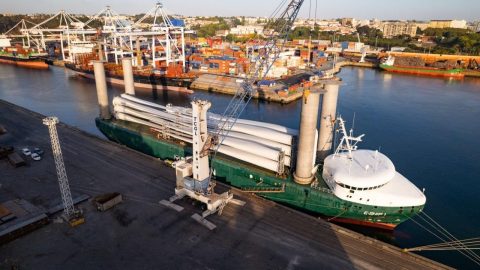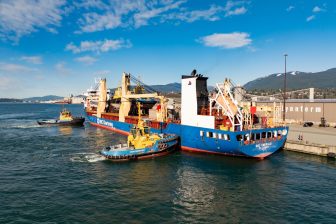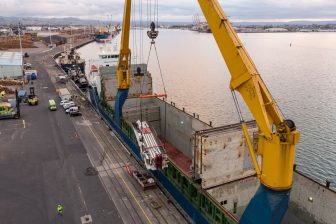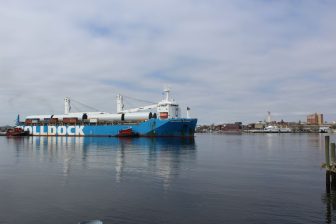
E-Ship 1 moving wind project cargo to Japan
COLI Schiffahrt & Transport’s Hamburg HQ office partnered with its COLI Japan office to move project cargo for Hitachi on sustainable energy-powered E-Ship 1. The vessel set sail from Emden in Germany carrying six E-115 turbines below deck, and headed for Leixoes in Portugal where it was topped off with 18 rotor blades.
Detailed planning enabled the vessel to head to Soma, Japan on time.
Both COLI Japan (CPC) and COLI’s HQ in Hamburg (COLI Schiffahrt & Transport GmbH & Co. KG), are members of the COLI Group.
The vessel, the E-Ship 1, is a special roll-on/lift-off (RoLo) cargo ship. It is owned by ENERCON, the third-largest wind turbine manufacturer and is used for transporting Offshore Wind equipment. It features 4 in-house developed Flettner rotorsails that are mechanically connected to the ship’s propellers. The sails enhance the 130m long ship’s propulsion by means of the Magnus effect, reducing fuel consumption and emissions.
You just read one of our premium articles free of charge
Register now to keep reading premium articles.




